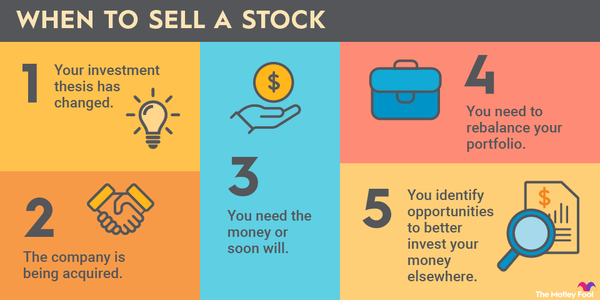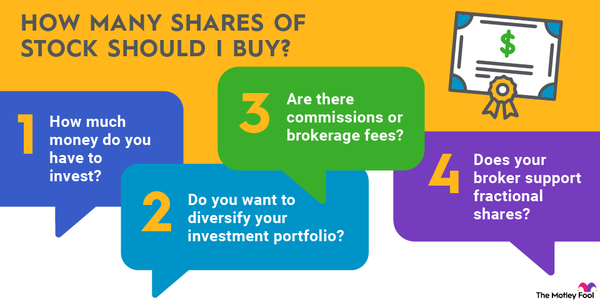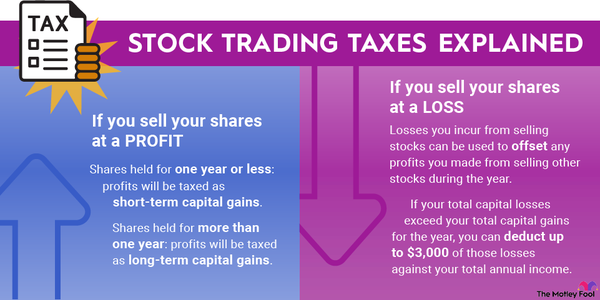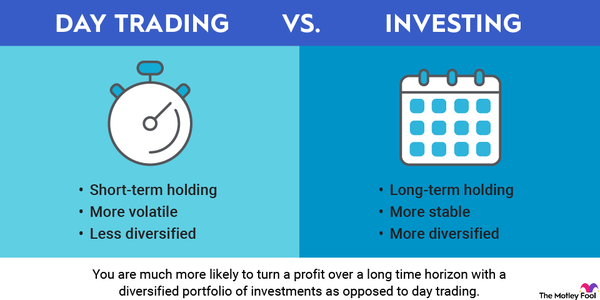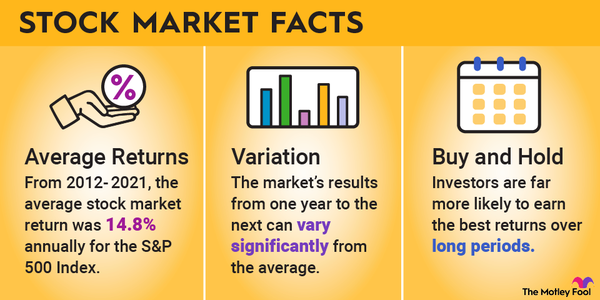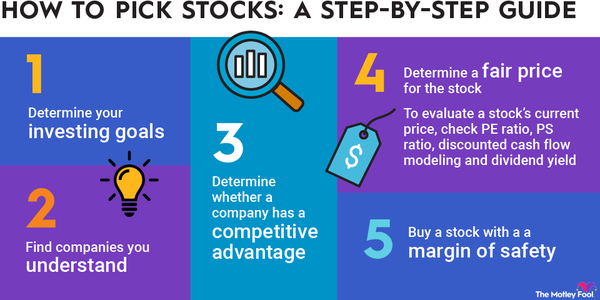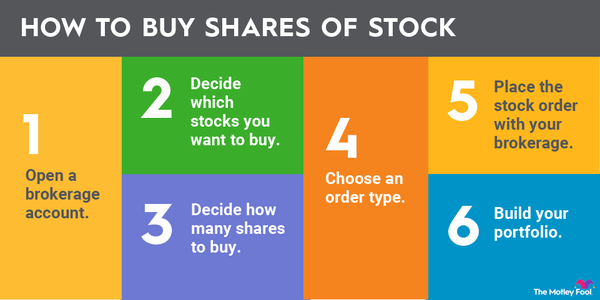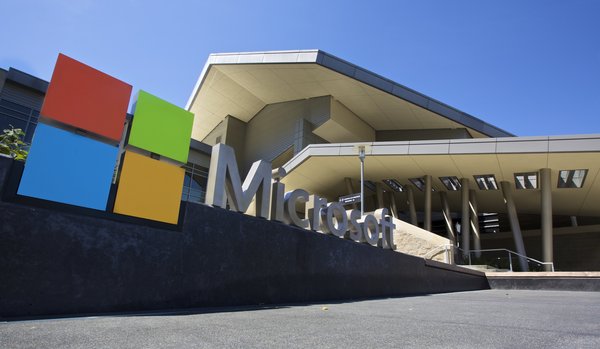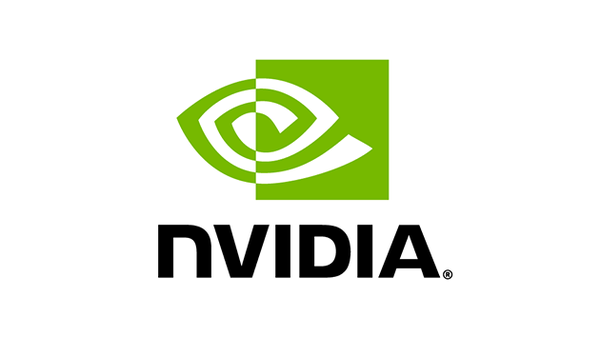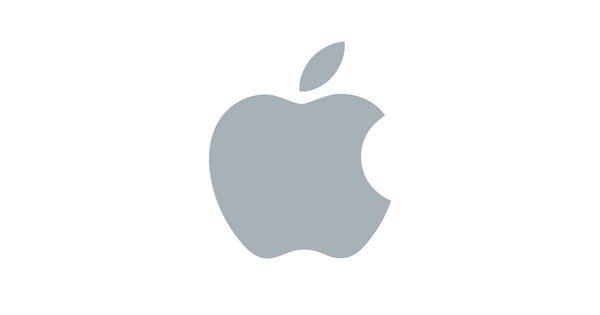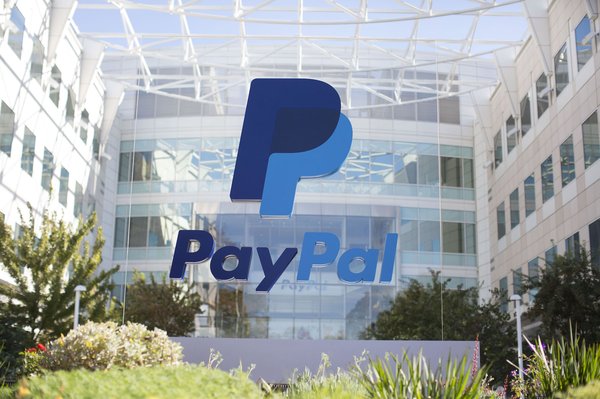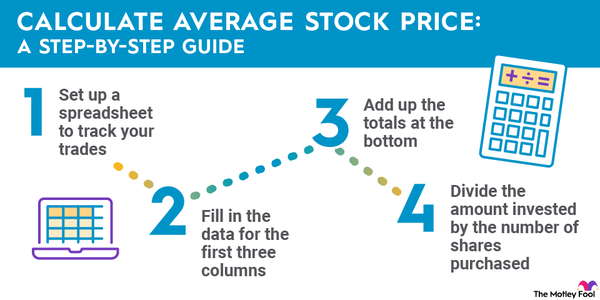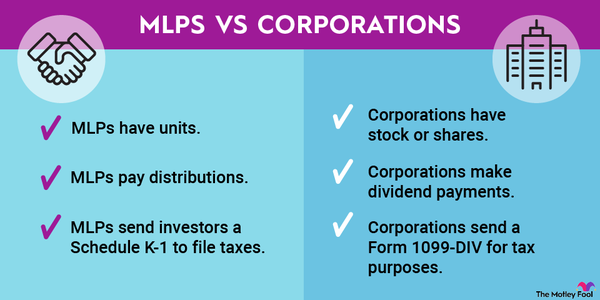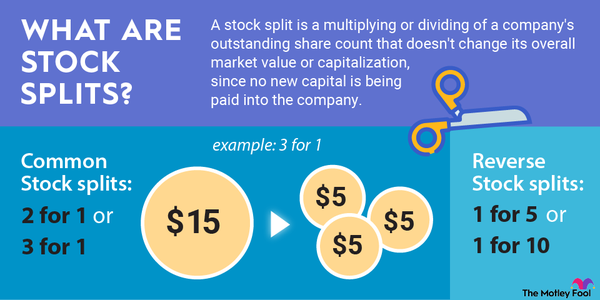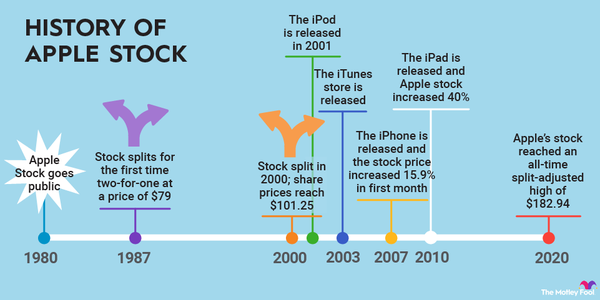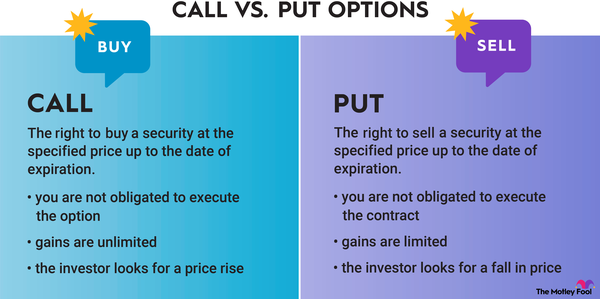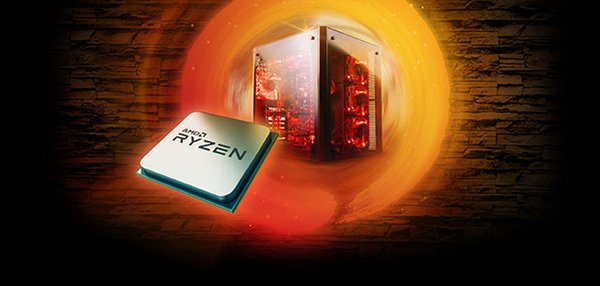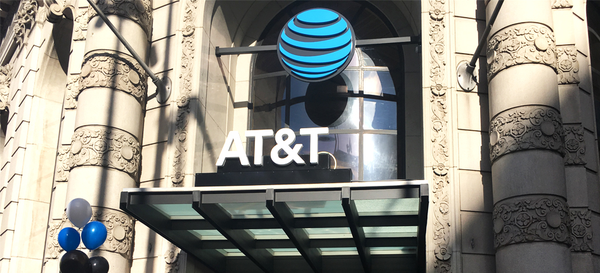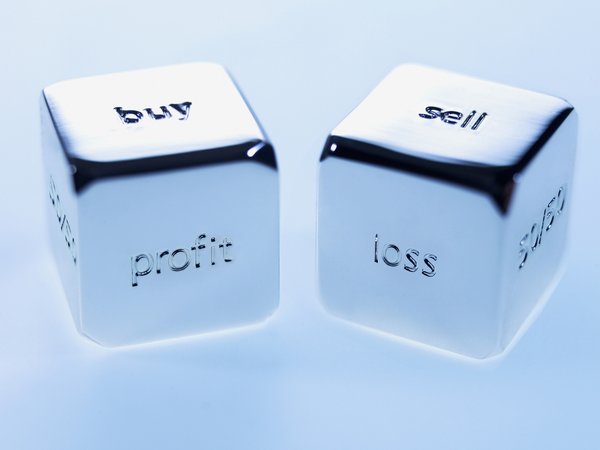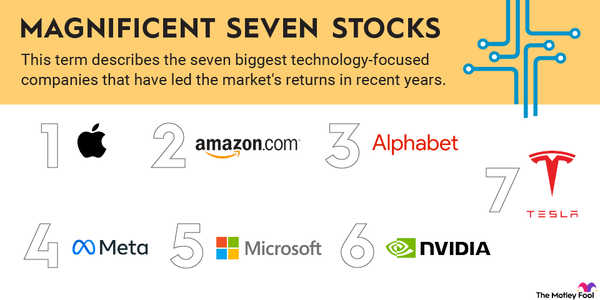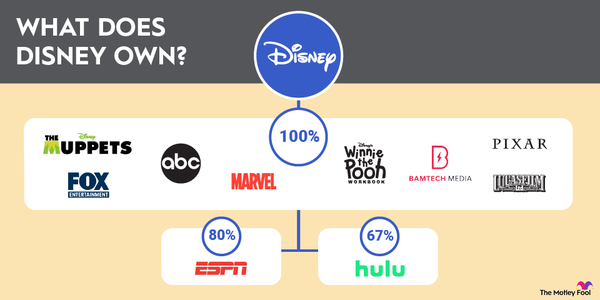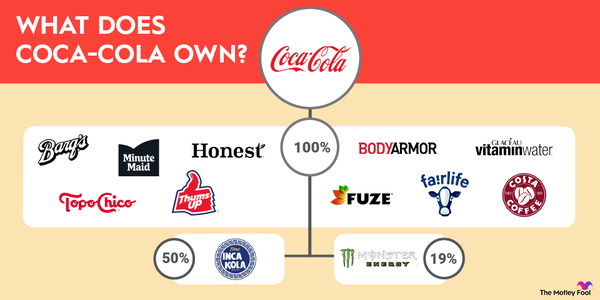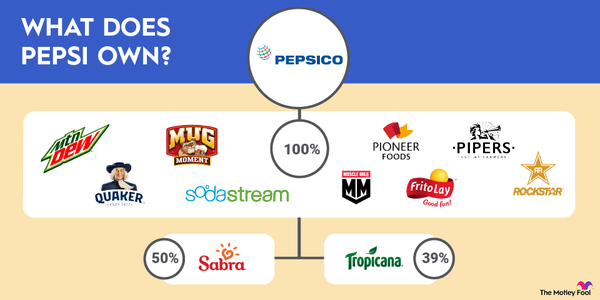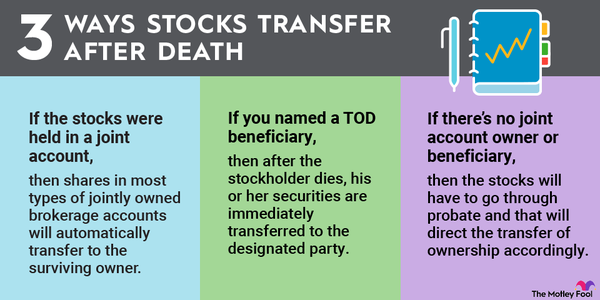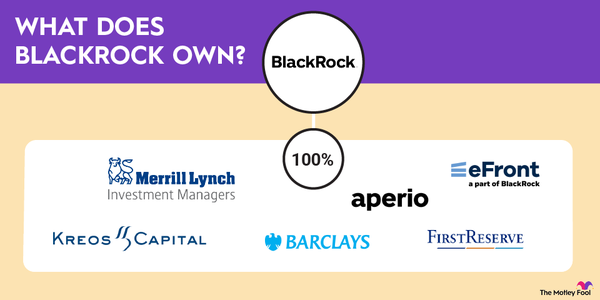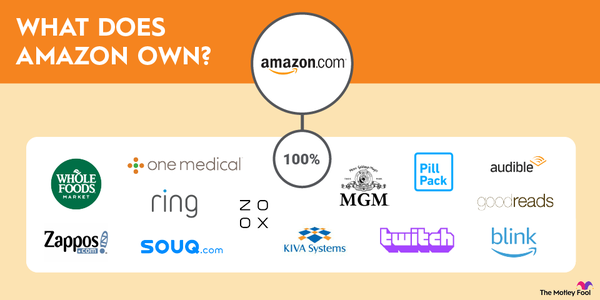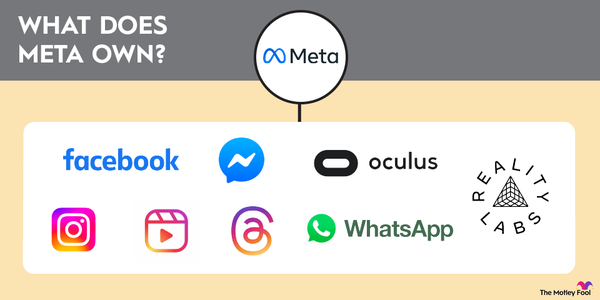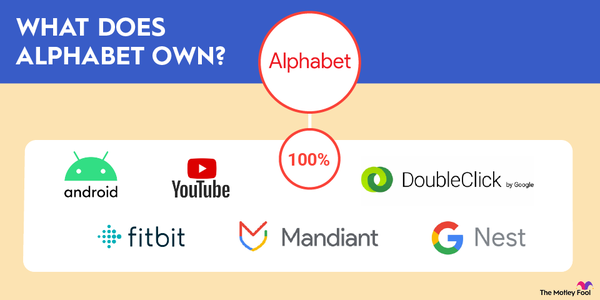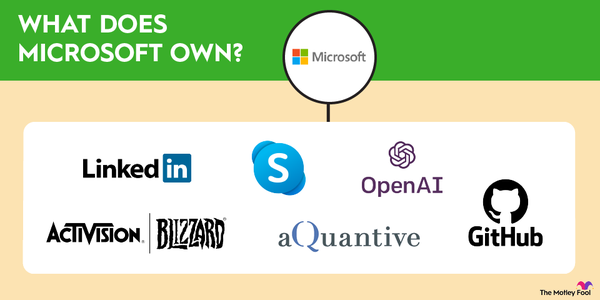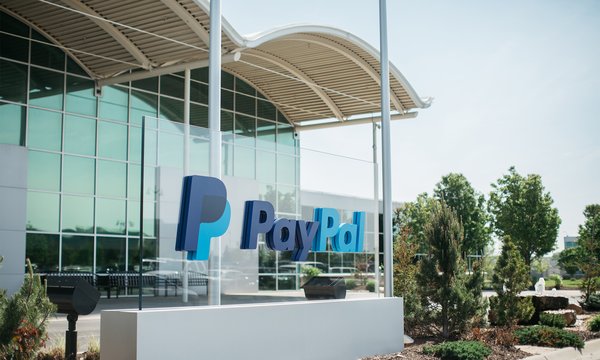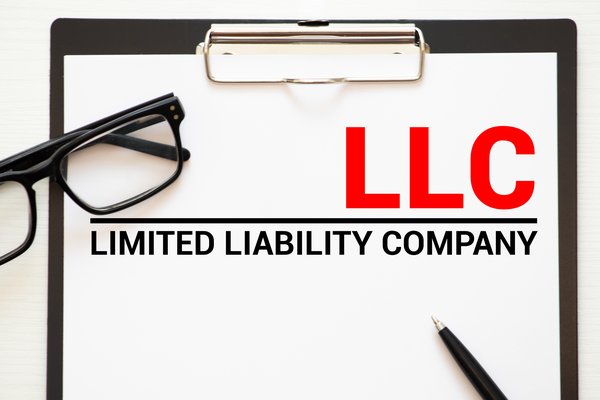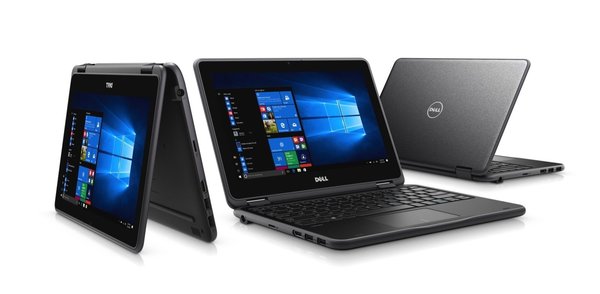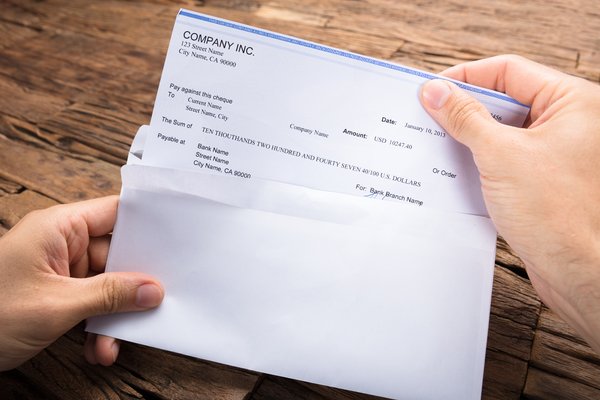Starlink is the world's largest satellite operator. It's currently part of SpaceX, the rocket company founded by Elon Musk, and provides satellite internet services to customers worldwide. There have been reports that SpaceX will spin off Starlink and complete an initial public offering (IPO) within the next year.
IPO
However, Musk has called those reports false, reiterating his desire for the business to continue maturing before it goes public. With Starlink's revenue skyrocketing, investors are increasingly eager to get their hands on shares of Musk's highly valued satellite internet company.

Here's a look at what you need to know about Starlink, how to invest in its stock if it completes an IPO next year, and some alternatives to investing in the space company.
Publicly traded?
Is Starlink publicly traded?
Starlink wasn't a publicly traded company as of mid-2024. The satellite internet provider was part of SpaceX, a privately held company controlled by Musk.
Will it IPO?
When will Starlink IPO?
Starlink didn't have an IPO on the calendar as of mid-2024. While there has been some speculation that Musk might take Starlink public, he has downplayed that idea. In late 2023, he told listeners on his social media site, X, that it didn't make sense to take Starlink public because the company wasn't having any trouble raising money privately.
How to buy
How to buy Starlink stock
Since Starlink isn't a publicly traded company, you can't buy shares of the satellite internet service provider in your brokerage account. And because it's a unit of SpaceX, investors can't buy pre-IPO shares of Starlink on secondary platforms that trade shares of start-ups.
However, investors who really want to gain early access to Starlink could see whether they can buy shares of SpaceX on a secondary platform that trades pre-IPO shares, such as Rainmaker Securities or Forge Global (NASDAQ:FRGE). These platforms enable accredited investors (i.e., high-net-worth individuals) to buy shares of pre-IPO companies when they're available.
While nonaccredited investors must wait for Starlink's IPO to buy shares, they still have options, including investing in a publicly traded space stock. Here are three Starlink alternatives to consider:
Boeing
Boeing (BA 0.17%) is a leading global aerospace company. It develops, manufactures, and services commercial aircraft, defense products, and space systems.
Boeing produces many space products, including satellites, building them for government and commercial operators. Its satellites enable companies to deliver digital communications, mobile communications, broadband internet connectivity, streaming entertainment, and direct-to-home entertainment worldwide.
Lockheed Martin
Lockheed Martin (LMT 1.95%) is a leading aerospace and defense contractor. The company operates four business segments: aeronautics, missile and fire control, rotary and mission systems, and space. Its space division produces space transportation systems, defense systems, and satellites, including those for early-warning weather and climate observation and GPS.
Iridium Communications
Iridium Communications (IRDM -0.98%) is a global satellite communications company. It provides voice and data service anywhere in the world through its 66 low-earth-orbit satellites. Iridium's satellites serve the maritime, aviation, government, land-based handset, and Internet of Things (IoT) markets.

Investors who want to buy one of these Starlink alternatives can purchase shares in any brokerage account. Here's a step-by-step guide on how to invest in stocks like Starlink.
Step 1: Open a brokerage account
You'll have to open and fund a brokerage account before buying shares of any company. If you still need to open one, here are some of the best-rated brokers and trading platforms. Take your time to research the brokers to find the best one for you.
Step 2: Figure out your budget
Before making your first trade, you'll need to determine a budget for how much money you want to invest. You shouldn't invest any money you'll need over the next three to five years, such as your emergency fund or money you're saving for something specific.
You'll then want to decide how to allocate that money. The Motley Fool's investing philosophy recommends building a diversified portfolio of 25 or more stocks you plan to hold for at least five years.
And you don't have to get there on the first day. For example, if you have $1,000 available to start investing, you might want to begin by allocating that money equally across at least 10 stocks and then grow from there.
Step 3: Do your research
It's essential to thoroughly research a company before buying its shares. You should learn about how it makes money, its competitors, its balance sheet, and other factors to make sure you have a solid grasp on whether the company can grow value for its shareholders over the long term.
Shareholder
Step 4: Place an order
Once you've opened and funded a brokerage account, set your investing budget, and researched the stock, it's time to buy shares. The process is relatively straightforward. Go to your brokerage account's order page and fill in all the relevant information, including:
- The number of shares you want to buy or the amount you want to invest to purchase fractional shares.
- The stock ticker (BA for Boeing, LMT for Lockheed Martin, and IRDM for Iridium Communications).
- Whether you want to place a limit order or a market order. The Motley Fool recommends using a market order since it guarantees you buy shares immediately at the current market price.
Once you complete the order page, click to submit your trade and become a shareholder in one of these space-related stocks while you await Starlink's IPO.
Investors would follow a similar process to buy an IPO stock like Starlink when it goes public. Once shares become available, fill in your brokerage account's order page with Starlink's selected stock ticker and submit your trade.
Profitability
Is Starlink profitable?
Starlink is a subsidiary of the privately held SpaceX. Neither entity needs to disclose its financial results publicly. However, Quality Space has conducted an in-depth analysis of Starlink's financials. That report noted that Starlink was on track to book $6.6 billion of revenue in 2024 and was on pace to deliver its first year of positive free cash flow.
Musk's goal for Starlink is to reach a point where its revenue growth and cash flow become smooth and predictable. It's certainly heading in the right direction to achieve the target he set for the company before a potential IPO.
Should I invest?
Should I invest in Starlink?
You can't invest in Starlink yet since it's not a public company. However, you can invest in other space stocks while awaiting its IPO. Here are three reasons to consider investing in the space sector:
- Growth in satellite-enabled navigation: Location-based services apps for ridesharing and food delivery are growing rapidly, driving the need for more satellites to enable navigation.
- Falling costs are opening up new frontiers: Falling launch costs have allowed new economic opportunities to emerge in space, including space-based tourism, satellites, and telecom.
- U.S. Space Force: The formation of the U.S. Space Force should drive increased space investment by the federal government and the defense industry in the coming years.
These catalysts should help power soaring revenue and earnings growth for space stocks. That growth could give space-related companies the fuel to deliver soaring returns for their investors in the coming years.
ETF options
ETFs with exposure to Starlink
Because Starlink remains a privately held company, you can't passively invest in its stock through an exchange-traded fund (ETF).
Exchange-Traded Fund (ETF)
However, people interested in investing in the space sector could consider going the ETF route instead of trying to pick a space stock alternative to Starlink. Three space-related ETFs to consider are:
- ARK Space Exploration & Innovation ETF (ARKX 2.47%): Actively managed by the well-known Cathie Wood, the fund concentrates on holding companies engaged in space exploration and innovation. It aims to hold 35 to 55 stocks. Iridium Communications was its second-largest, at 9.2% of the fund's assets in mid-2024. The fund had a 0.75% ETF expense ratio.
- Procure Space ETF (NYSEMKT:UFO): This fund holds stocks of companies in space-related industries. In mid-2024, it owned 35 stocks, including Iridium Communications (a top 10 holding). The fund had a 0.75% expense ratio.
- SPDR S&P Kensho Final Frontiers ETF (ROKT 1.73%): This ETF concentrates on holding companies that make products or provide space travel and exploration services. In mid-2024, the fund held more than 30 stocks, including Lockheed Martin and Iridium Communications in the top 10. The fund had a 0.45% expense ratio.
Related investing topics
The bottom line on Starlink
Starlink is a leader in providing satellite internet services. The company is rapidly growing its revenue and has reached a cash flow break-even level. It has much more growth ahead. Starlink's growth potential has many investors already eagerly anticipating its IPO, which could come in the next few years.
FAQ
Investing in Starlink FAQ
Can you buy Starlink shares?
You can't buy shares of Starlink in your brokerage account. Starlink is a subsidiary of SpaceX, a privately held entity controlled by Elon Musk.
Will Starlink go public?
Starlink could eventually go public. Musk has said that he wants the company's revenue growth and cash flow to be smooth and predictable before it goes public. While Starlink was on pace to produce positive free cash flow in 2024, it's likely still a few years away from going public.
Is it possible to invest in SpaceX?
It's possible to invest in SpaceX. However, you'd need to be an accredited investor (i.e., a high-net-worth individual or someone with a high income). Accredited investors can sometimes buy shares of SpaceX on secondary platforms, like Rainmaker Securities, that trade shares of pre-IPO companies.
Who owns Starlink?
SpaceX owns Starlink. Musk and other investors own the privately held space exploration company.


![Trump at White House podium. Official White House Photo by D. Myles Cullen. [MConverter.eu]](https://g.foolcdn.com/image/?url=https%3A%2F%2Fg.foolcdn.com%2Feditorial%2Fimages%2F801349%2Ftrump-at-white-house-podium-official-white-house-photo-by-d-myles-cullen-mconvertereu.jpg&op=resize&w=184&h=104)









